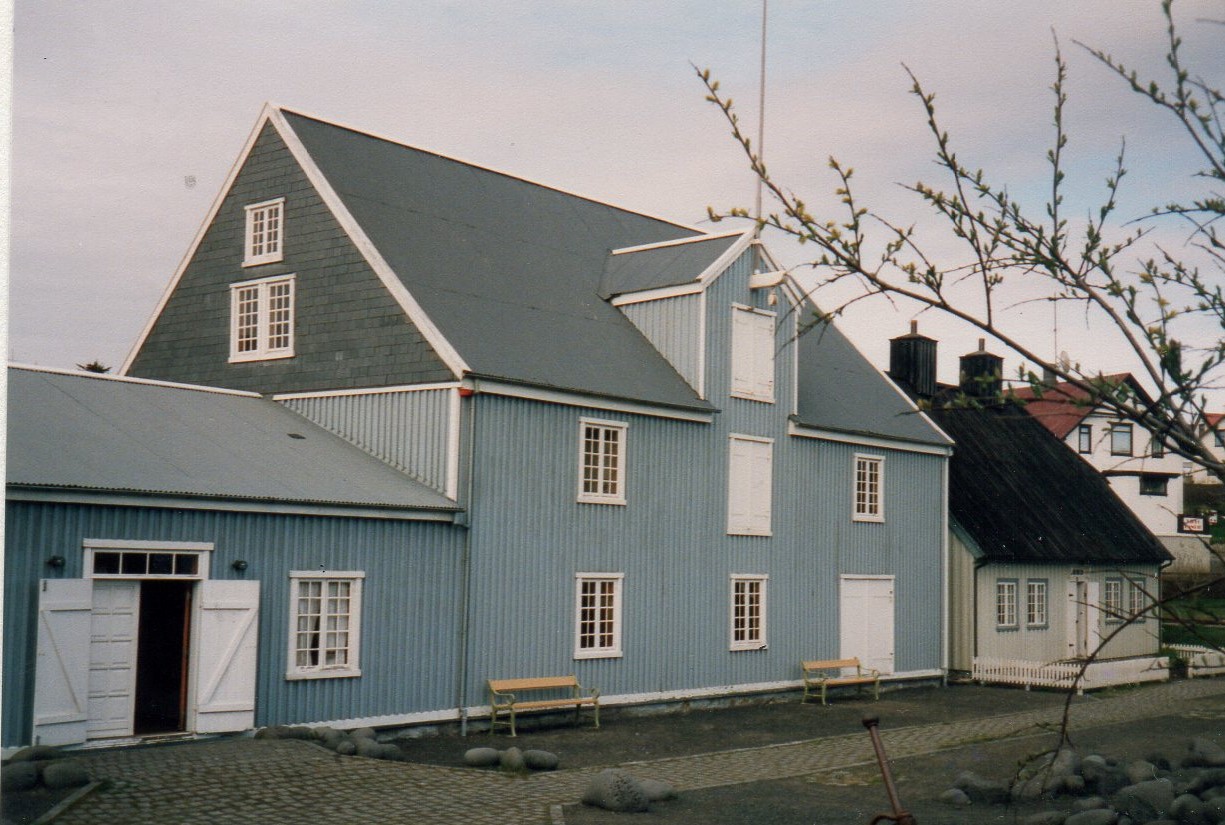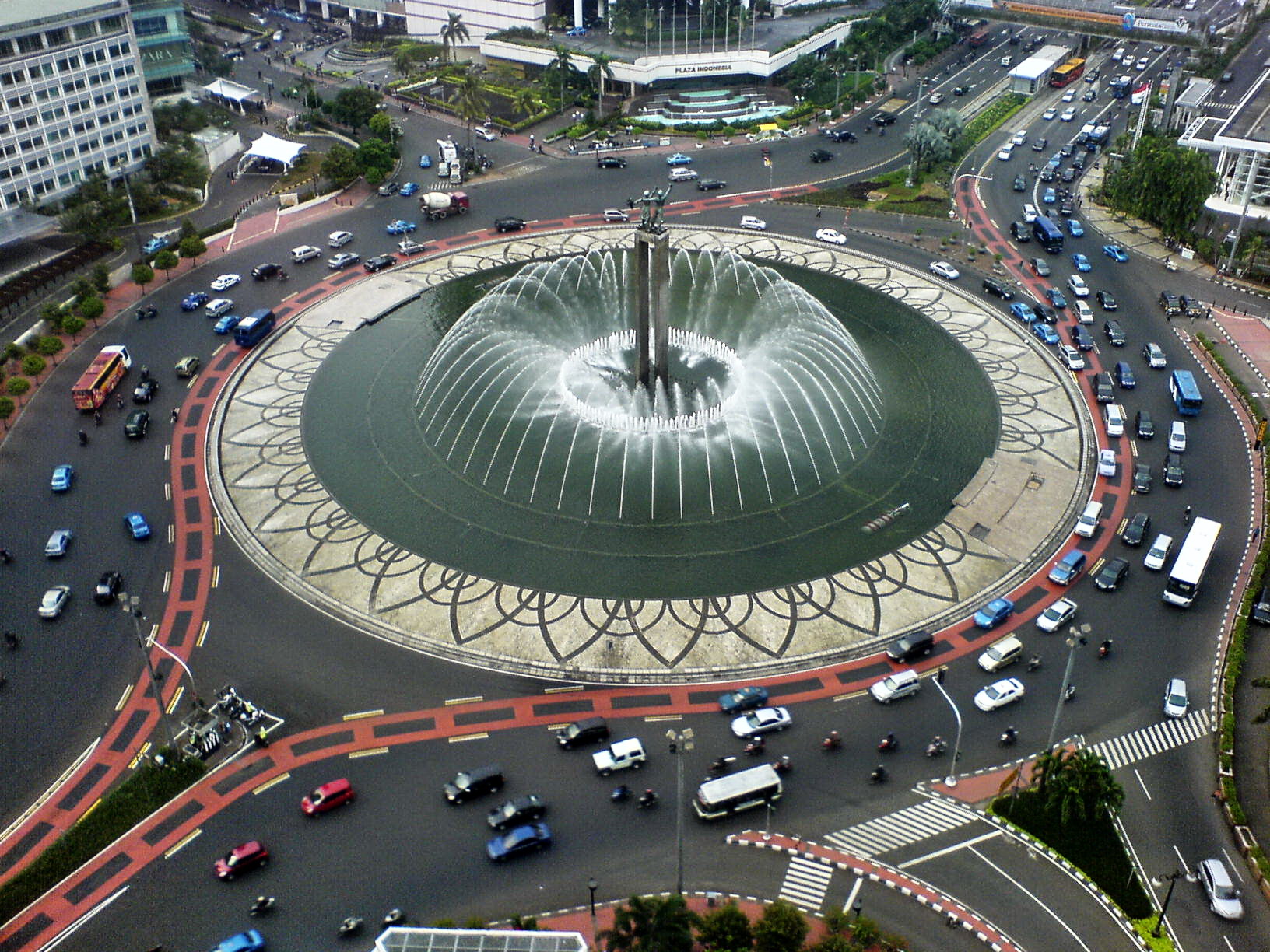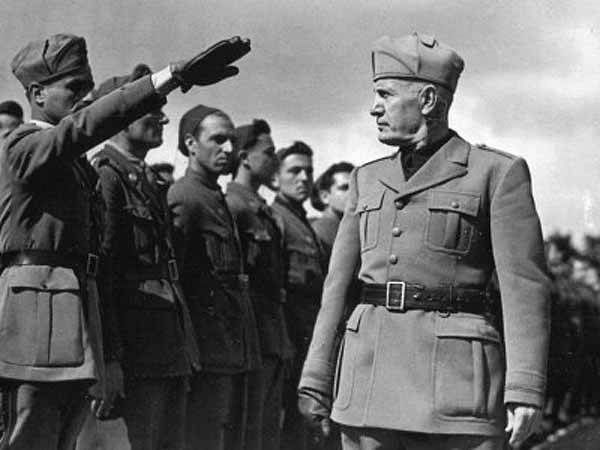|
Hafnarfjörður
Hafnarfjörður, officially Hafnarfjarðarkaupstaður, is a port town and municipality in Iceland, located about south of Reykjavík. The municipality consists of two non-contiguous areas in the Capital Region (Iceland), Capital Region, on the southwest coast of the country. At about 31,500 inhabitants, Hafnarfjörður is the third-most populous city in Iceland after Reykjavík and Kópavogur. It has established local industry and a variety of urban activities, with annual festival events. Activities The town is the site of an annual Viking festival, where Viking culture enthusiasts from around the world display reconstructions of Viking garb, handicraft, sword-fighting and longbow shooting. It takes place in June. Local industry Just two kilometres () outside of Hafnarfjörður is an aluminium smelter, run by Alcan. The smelter was originally built in 1969. Local elections were held in April 2007, where the people of the town voted against extension of the smelter. History ... [...More Info...] [...Related Items...] OR: [Wikipedia] [Google] [Baidu] [Amazon] |
Krýsuvík (volcanic System)
The volcanic system of Krýsuvík (or Krísuvík, both pronounced in Icelandic language, Icelandic, also Trölladyngja-Krýsuvík or Krýsuvík-Trölladyngja volcanic system), is situated in the south–west of Iceland on the Reykjanes peninsula. It is located in the middle of Reykjanes and on the divergent plate tectonics, plate boundary of the Mid-Atlantic Ridge which traverses Iceland. It was named after the Krýsuvík area which is part of it and consists of a fissure system without a central volcano.Thorvaldur Thordarson, Ármann Höskuldsson: ''Postglacial volcanism in Iceland. Jökull No. 58'' (2008). [...More Info...] [...Related Items...] OR: [Wikipedia] [Google] [Baidu] [Amazon] |
Bjarni Sívertsen
Bjarni Sívertsen (baptised Bjarni Sigurðsson) (or Bjarni knight) (1763-1833) was an Icelandic merchant based in Hafnarfjörður and a pioneer in trade and fishing in Iceland. He has been called the father of Hafnarfjörður. Sívertsen had a house built 1803-1805, which is now part of the Hafnarfjörður Heritage Museum. He received the distinction of Order of the Dannebrog, Knight of the Dannebrog from the Christian IX of Denmark, King of Denmark. Bjarni died in Denmark in July 1833, in an unmarked grave. References {{Reflist 1833 deaths 1763 births Icelandic businesspeople Order of the Dannebrog ... [...More Info...] [...Related Items...] OR: [Wikipedia] [Google] [Baidu] [Amazon] |
Iceland
Iceland is a Nordic countries, Nordic island country between the Atlantic Ocean, North Atlantic and Arctic Oceans, on the Mid-Atlantic Ridge between North America and Europe. It is culturally and politically linked with Europe and is the region's westernmost and most list of countries and dependencies by population density, sparsely populated country. Its Capital city, capital and largest city is Reykjavík, which is home to about 36% of the country's roughly 380,000 residents (excluding nearby towns/suburbs, which are separate municipalities). The official language of the country is Icelandic language, Icelandic. Iceland is on a rift between Plate tectonics, tectonic plates, and its geologic activity includes geysers and frequent Types of volcanic eruptions, volcanic eruptions. The interior consists of a volcanic plateau with sand and lava fields, mountains and glaciers, and many Glacial stream, glacial rivers flow to the sea through the Upland and lowland, lowlands. Iceland i ... [...More Info...] [...Related Items...] OR: [Wikipedia] [Google] [Baidu] [Amazon] |
Capital Region (Iceland)
The Capital Region ( ) is a Regions of Iceland, region in southwestern Iceland. It is one of the two classified Nomenclature of Territorial Units for Statistics (NUTS-2) statistical NUTS statistical regions of Iceland, regions of Iceland. The region encompasses an area of , and consists of the national capital Reykjavík and six Municipalities of Iceland, municipalities around it. Though it is much smaller than the other regions of Iceland, the region hosts about two-thirds of the population of the country. Classification The country of Iceland is organized into eight Regions of Iceland, regions for statistical and administrative purposes. The Nomenclature of Territorial Units for Statistics (NUTS) organizes the country into two broader level sub-divisions. These are classified as a Nomenclature of Territorial Units for Statistics, NUTS-2 statistical NUTS statistical regions of Iceland, regions of Iceland, and incorporate one or more regions within it. The regions form the NUTS-3 ... [...More Info...] [...Related Items...] OR: [Wikipedia] [Google] [Baidu] [Amazon] |
Reykjavík
Reykjavík is the Capital city, capital and largest city in Iceland. It is located in southwestern Iceland on the southern shore of Faxaflói, the Faxaflói Bay. With a latitude of 64°08′ N, the city is List of northernmost items, the world's northernmost capital of a sovereign state. Reykjavík has a population of around 139,000 as of 2025. The surrounding Capital Region (Iceland), Capital Region has a population of around 249,000, constituting around 64% of the country's population. Reykjavík is believed to be the location of the first permanent settlement in Iceland, which, according to , was established by Ingólfr Arnarson, Ingólfur Arnarson in 874 Anno Domini, AD. Until the 18th century, there was no urban development in the city location. The city was officially founded in 1786 as a trading town and grew steadily over the following decades, as it transformed into a regional and later Country, national centre of commerce, population, and governmental activities. Re ... [...More Info...] [...Related Items...] OR: [Wikipedia] [Google] [Baidu] [Amazon] |
Municipalities Of Iceland
The municipalities of Iceland ( ; Grammatical number#Overview, sing. ) are local administrative areas in Iceland that provide a number of services to their inhabitants such as kindergartens, elementary schools, waste management, social services, public housing, public transportation, services to senior citizens and disability, disabled people. They also govern zoning and can voluntarily take on additional functions if they have the budget for it. The autonomy of municipalities over their own matters is guaranteed by the Constitution of Iceland, Icelandic constitution. History The origin of the municipalities can be traced back to the Commonwealth of Iceland, commonwealth period in the 10th century when rural communities were organized into Hreppur, communes (''hreppar'' ) with the main purpose of providing help for the poorest individuals in society. When urbanization began in Iceland during the 18th and 19th centuries, several independent townships (''kaupstaðir'' ) were ... [...More Info...] [...Related Items...] OR: [Wikipedia] [Google] [Baidu] [Amazon] |
Hanseatic League
The Hanseatic League was a Middle Ages, medieval commercial and defensive network of merchant guilds and market towns in Central Europe, Central and Northern Europe, Northern Europe. Growing from a few Northern Germany, North German towns in the late 12th century, the League expanded between the 13th and 15th centuries and ultimately encompassed nearly 200 settlements across eight modern-day countries, ranging from Tallinn in Estonia in the east, Bergen (Bjørgvin) in Norway to the North to the Netherlands in the west, and extended inland as far as Cologne, Prussia (region), the Prussian regions and Kraków, Poland. The League began as a collection of loosely associated groups of German traders and towns aiming to expand their commercial interests, including protection against robbery. Over time, these arrangements evolved into the League, offering traders toll privileges and protection on affiliated territory and trade routes. Economic interdependence and familial connections am ... [...More Info...] [...Related Items...] OR: [Wikipedia] [Google] [Baidu] [Amazon] |
Southwest Constituency
Southwest () is one of the six multi-member constituencies of the Althing, the national legislature of Iceland. The constituency was established in 2003 following the re-organisation of constituencies across Iceland when the Reykjanes constituency was split between the new South and Southwest constituencies. Southwest is conterminous with the Capital region but excludes Reykjavík Municipality which has its own constituencies, Reykjavík North and Reykjavík South. The constituency currently elects 12 of the 63 members of the Althing using the open party-list proportional representation electoral system. At the 2024 parliamentary election it had 79,087 registered electors. History In September 1997 Prime Minister Davíð Oddsson appointed a committee headed by Friðrik Klemenz Sophusson to review the division of constituencies in Iceland and the organisation of elections. The committee's report was published in October 1998 and recommended, amongst other things, that the num ... [...More Info...] [...Related Items...] OR: [Wikipedia] [Google] [Baidu] [Amazon] |
Roundabout
A roundabout, a rotary and a traffic circle are types of circular intersection or junction in which road traffic is permitted to flow in one direction around a central island, and priority is typically given to traffic already in the junction.''The New Shorter Oxford English Dictionary,'' Volume 2, Clarendon Press, Oxford (1993), page 2632 In the United States, engineers use the term modern roundabout to refer to junctions installed after 1960 that incorporate design rules to increase safety. Compared to stop signs, traffic signals, and earlier forms of roundabouts, modern roundabouts reduce the likelihood and severity of collisions greatly by reducing traffic speeds through horizontal deflection and minimising T-bone and head-on collisions. Variations on the basic concept include integration with tram or train lines, two-way flow, higher speeds and many others. For pedestrians, traffic exiting the roundabout comes from one direction, instead of three, simplifying the p ... [...More Info...] [...Related Items...] OR: [Wikipedia] [Google] [Baidu] [Amazon] |
Lava Field
A lava field, sometimes called a lava bed, is a large, mostly flat area of lava flows. Such features are generally composed of highly fluid basalt lava, and can extend for tens or hundreds of kilometers across the underlying terrain. Morphology and structure The final morphology of a lava field can reveal properties such as internal structure, composition, and mechanics of the lava flow when it was fluid. The ridges and patterns on top of the lava field show the direction of the lava channels and the often active lava tubes that may be underneath the solidified "crust." It can also reveal whether the lava flow can be classified as pāhoehoe or 'a'ā. The two main types of lava field structures are defined as sheet flow lava and pillow lava. Sheet flow lava appears like a wrinkled or folded sheet, while pillow lava is bulbous, and often looks like a pile of pillows atop one another. An important aspect of lava flow morphology is a phenomenon known as lava flow inflati ... [...More Info...] [...Related Items...] OR: [Wikipedia] [Google] [Baidu] [Amazon] |
World War II
World War II or the Second World War (1 September 1939 – 2 September 1945) was a World war, global conflict between two coalitions: the Allies of World War II, Allies and the Axis powers. World War II by country, Nearly all of the world's countries participated, with many nations mobilising all resources in pursuit of total war. Tanks in World War II, Tanks and Air warfare of World War II, aircraft played major roles, enabling the strategic bombing of cities and delivery of the Atomic bombings of Hiroshima and Nagasaki, first and only nuclear weapons ever used in war. World War II is the List of wars by death toll, deadliest conflict in history, causing World War II casualties, the death of 70 to 85 million people, more than half of whom were civilians. Millions died in genocides, including the Holocaust, and by massacres, starvation, and disease. After the Allied victory, Allied-occupied Germany, Germany, Allied-occupied Austria, Austria, Occupation of Japan, Japan, a ... [...More Info...] [...Related Items...] OR: [Wikipedia] [Google] [Baidu] [Amazon] |





